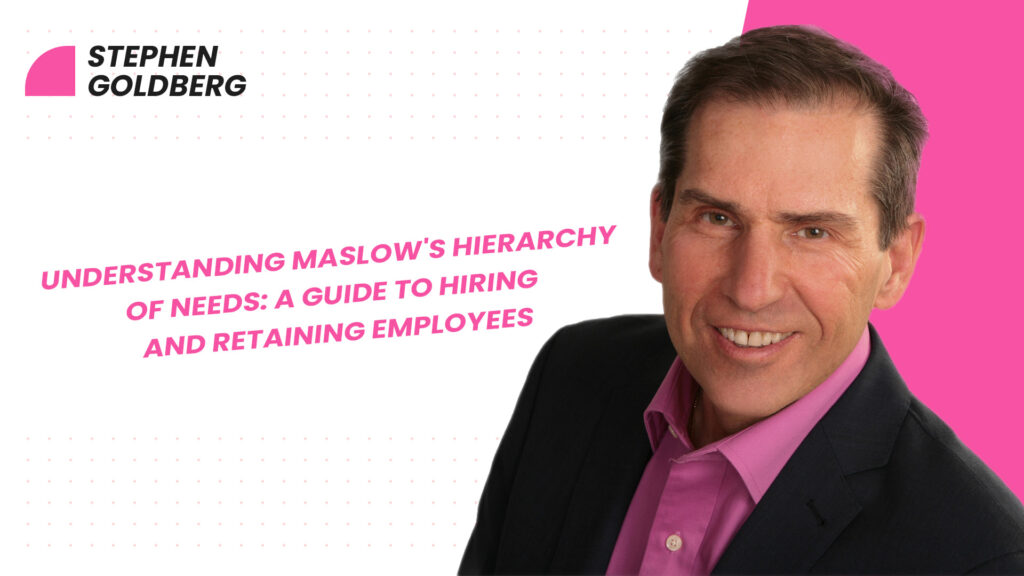
Maslow’s Hierarchy of Needs is a popular model for understanding human psychology and motivation.
It outlines the five different levels of needs that humans have, starting from physiological needs such as food, water, and shelter, all the way up to self-actualization, which involves personal growth and development.
I believe that this model has significant implications for hiring and retaining employees in the workplace.
Firstly, when people are looking for a job, their physiological and safety needs are typically already met in modern society.
However, they still need to feel that their job will provide security and safety. The next level of needs is love and belonging, which involves having social connections, including family and friends. In the workplace, this translates into having a sense of community and feeling that one belongs in the workplace.
The fourth level is self-esteem, which is about feeling worthy and appreciated, and this can be achieved through positive feedback at work.
Finally, self-actualization involves using one’s potential to become more effective, knowledgeable, and skilled.
When it comes to hiring and retaining employees, it is essential to understand how Maslow’s hierarchy of needs affects their perceptions.
If employees feel that their needs for safety, security, belonging, and self-esteem are being met, they are less likely to seek other employment. However, if they stop growing and developing, they may feel outdated and be less confident about their ability to find another job.
Therefore, to retain employees, it is essential to provide opportunities for growth, recognition, and development.
Companies can offer training programs, mentoring, and coaching to help employees reach their potential and move up the hierarchy of needs.
When employees feel valued and challenged, they are more likely to stay and contribute to the company’s success.
In conclusion, understanding Maslow’s hierarchy of needs is crucial for hiring and retaining employees.
By providing opportunities for growth and development, companies can create a work environment that meets employees’ needs, leading to higher job satisfaction and retention rates.